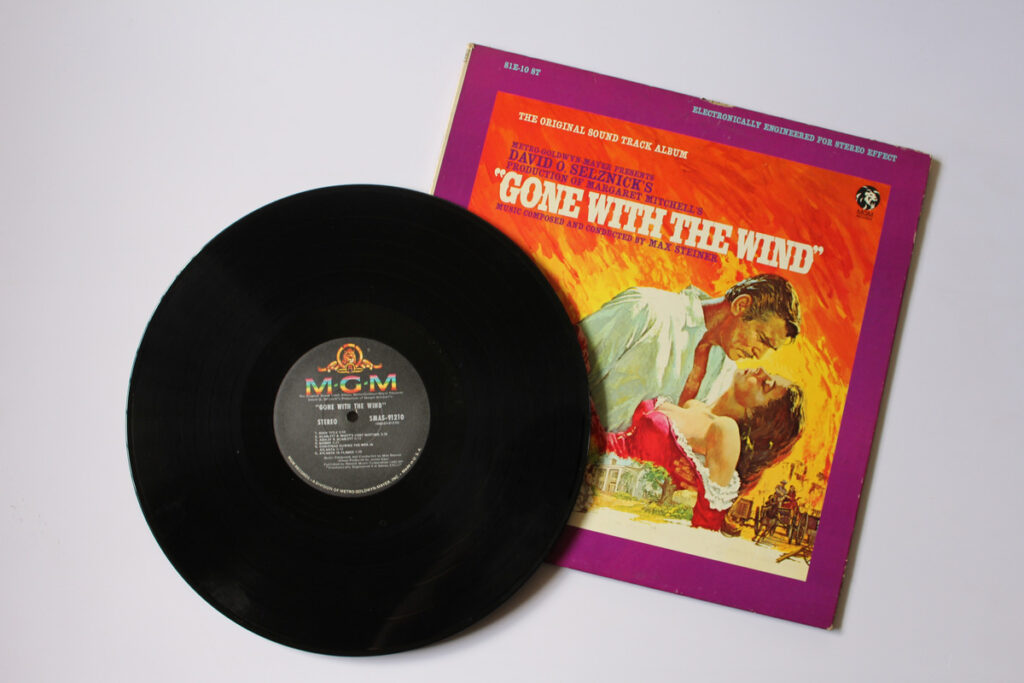The early days of cinema transported audiences into a world of shades and contrasts through black-and-white imagery. However, the landscape of film history changed dramatically with the emergence of the first Hollywood color movie. This revolutionary milestone transformed storytelling, introducing a vibrant new dimension to the silver screen. It marked the beginning of an era that forever altered our movie-watching experience.
The Arrival of Color: A Technological Marvel
In 1939, Victor Fleming directed “Gone with the Wind,” a film that captured the hearts of audiences worldwide. Based on Margaret Mitchell’s novel, this captivating narrative introduced groundbreaking color technology to Hollywood. While earlier color films existed, such as two-color and three-color processes, “Gone with the Wind” marked a significant milestone in the exploration of color cinematography. Utilizing the three-color Technicolor process developed by Technicolor Motion Picture Corporation, this film showcased a more precise and visually appealing representation of colors on screen.
The Technicolor Process: A Leap into Realism
The Technicolor process revolutionized filmmaking by employing a beam-splitting camera. This innovative device utilized prisms to separate incoming light into the three primary colors: red, green, and blue. By merging these color-separated images, filmmakers were able to create vibrant full-color representations on the film strip. As a result, audiences enjoyed cinematic experiences that were more captivating and faithful to reality, as they vividly portrayed the richness of costumes, landscapes, and intricate details.
The Impact on Filmmaking and Storytelling
The silver screen transformed when color was introduced, revolutionizing the visual language of cinema. With this new tool, filmmakers could convey emotions and themes through deliberate choices in color palettes. “Gone with the Wind” adeptly showcased the power of color by accentuating the contrasts between opulent Southern estates and the devastating impact of the Civil War. The vivid green landscapes and Scarlett O’Hara’s iconic red dress leapt off the screen, leaving a lasting impression on audiences.
Cultural Impact of the First Hollywood Color Movie
The release of “Gone with the Wind” in color captivated and excited audiences. The incorporation of color into the film’s epic storytelling elevated the cinematic experience to unprecedented levels. The vivid visuals evoked strong emotions and forged a deep connection between viewers and the characters, intensifying their struggles.
The impact of “Gone with the Wind” goes beyond its success; it revolutionized Hollywood by establishing color filmmaking as the new norm. This breakthrough propelled subsequent movies to embrace color technology, enabling them to create more visually immersive and impactful stories. As advancements in color technology continued, filmmakers were given the freedom to explore innovative creative possibilities, resulting in a wide range of cinematic experiences.
The first Hollywood color movie, “Gone with the Wind,” had a profound impact on the world of filmmaking. It revolutionized the industry by introducing vibrant colors to the silver screen. This groundbreaking achievement not only showcased the potential of technology but also highlighted the storytelling power of color. The utilization of Technicolor in this film marked a significant turning point in cinema history, paving the way for a new era of visual storytelling that continues to mesmerize and inspire audiences even today.
